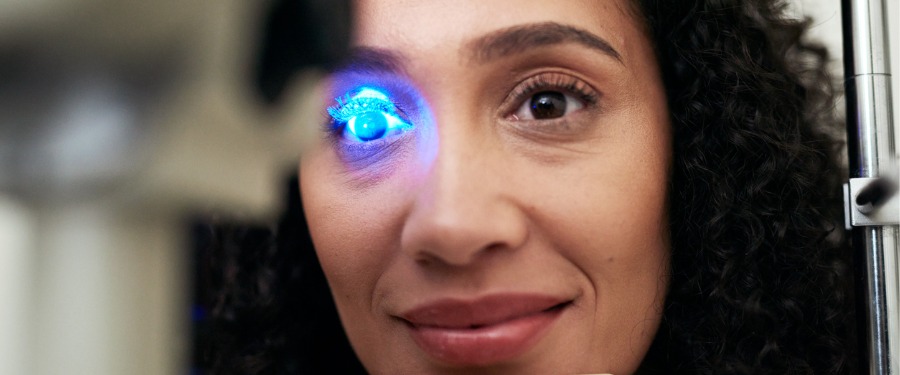What’s a corneal epithelial defect?

The cornea is the outermost layer of the human eye, serving both as a protective covering and allowing light into the retina. To perform this function, the cornea is made up of several layers, the outermost of which is known as the epithelium.
Despite being just a few cell layers thick, the corneal epithelium is tasked with protecting the eye from dust, debris, and bacteria. In most cases, this layer is exceptionally capable of healing on its own if a mild injury occurs — however, in some cases, a corneal epithelial defect can be deemed “persistent” and cause serious issues. Below, we provide an overview of what a persistent corneal epithelial defect is and what individuals should know about this common condition.
An overview of persistent corneal epithelial defects
A persistent corneal epithelial defect (also sometimes referred to as persistent epithelial defect or PED) is defined as an injury to the outermost corneal layer that has failed to heal after two weeks of treatment. These defects can result from factors such as excessive dryness, trauma, neurotrophic disease, or infections, and are one of the most common eye injuries to impact the general population.
Corneal epithelial defect symptoms
Generally, individuals with persistent corneal epithelial defects report experiencing the feeling of a foreign body in the affected eye, especially when blinking, and pain when the eye moves. Additionally, individuals often experience increased tear production, blurry vision, and redness.
Treatment of persistent corneal epithelial defects
If it is suspected that a person is experiencing a persistent corneal epithelial defect, treatment should be started right away. If not properly addressed, a PED can lead to an increased risk of infection, scarring, perforation, and significant vision loss.
Depending on the root cause of the issue, there are several treatment options that may be advised. Typically, epithelial defect treatment plans include lubrication, bandage contact lenses, tarsorrhaphy (temporary closure of the eyelid), topical antibiotics, and punctal plugs, all of which can aid the eye in retaining moisture and facilitate the healing process.
Given the serious consequences associated with persistent corneal epithelial defects, developing new and more effective treatments is vital — but this is a process that can only happen through clinical trials. To learn more about clinical trials that may be available near you, click the button below.
Topics: For Patients
